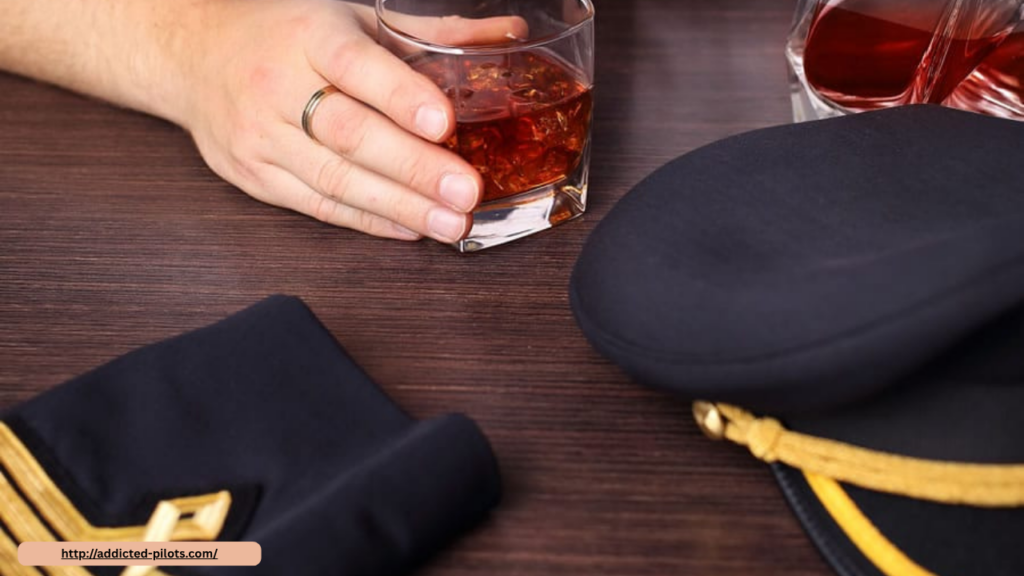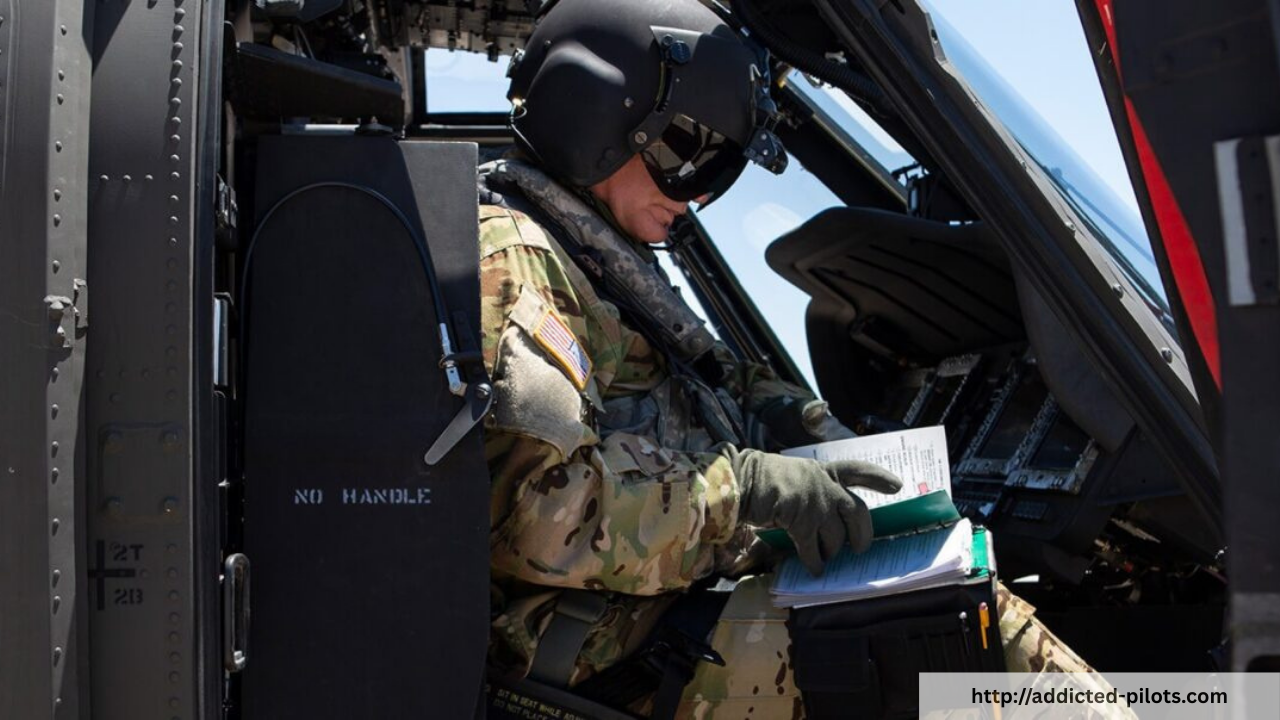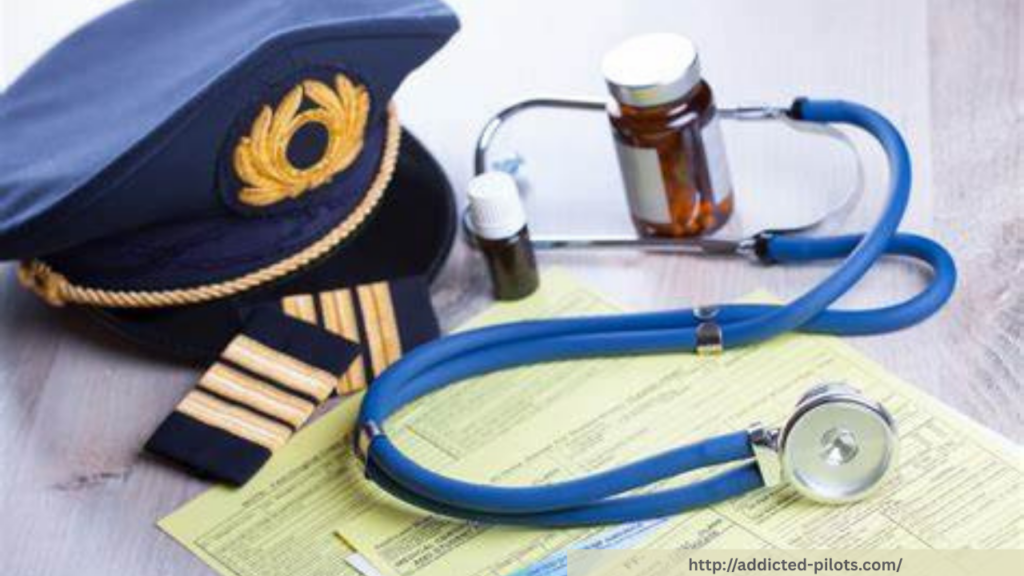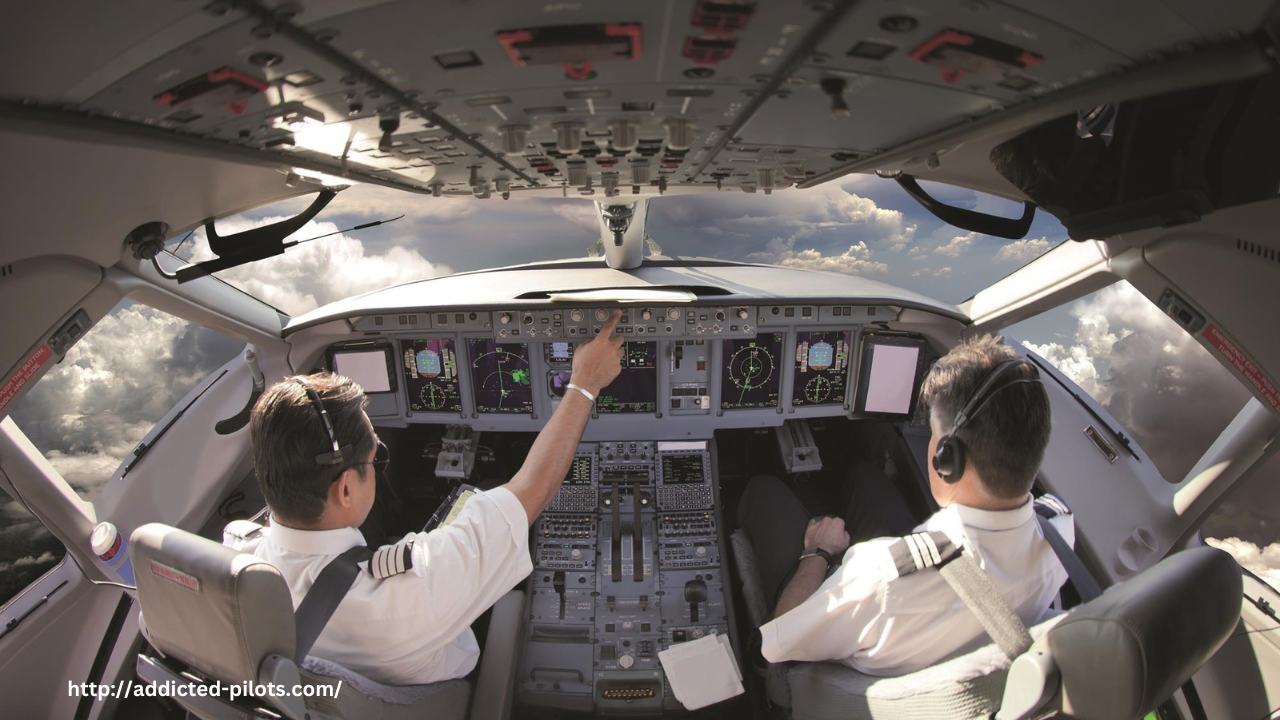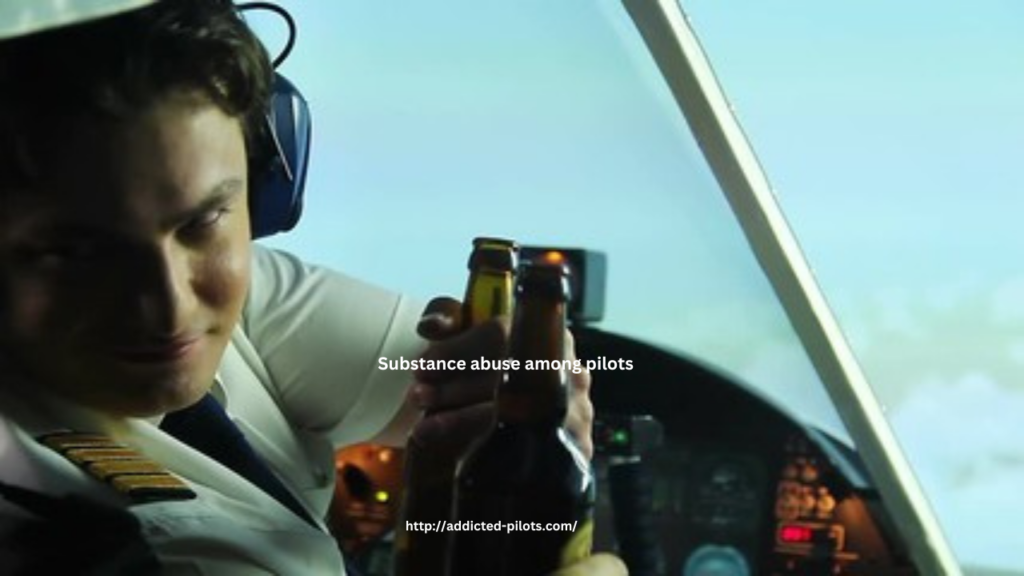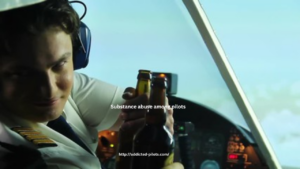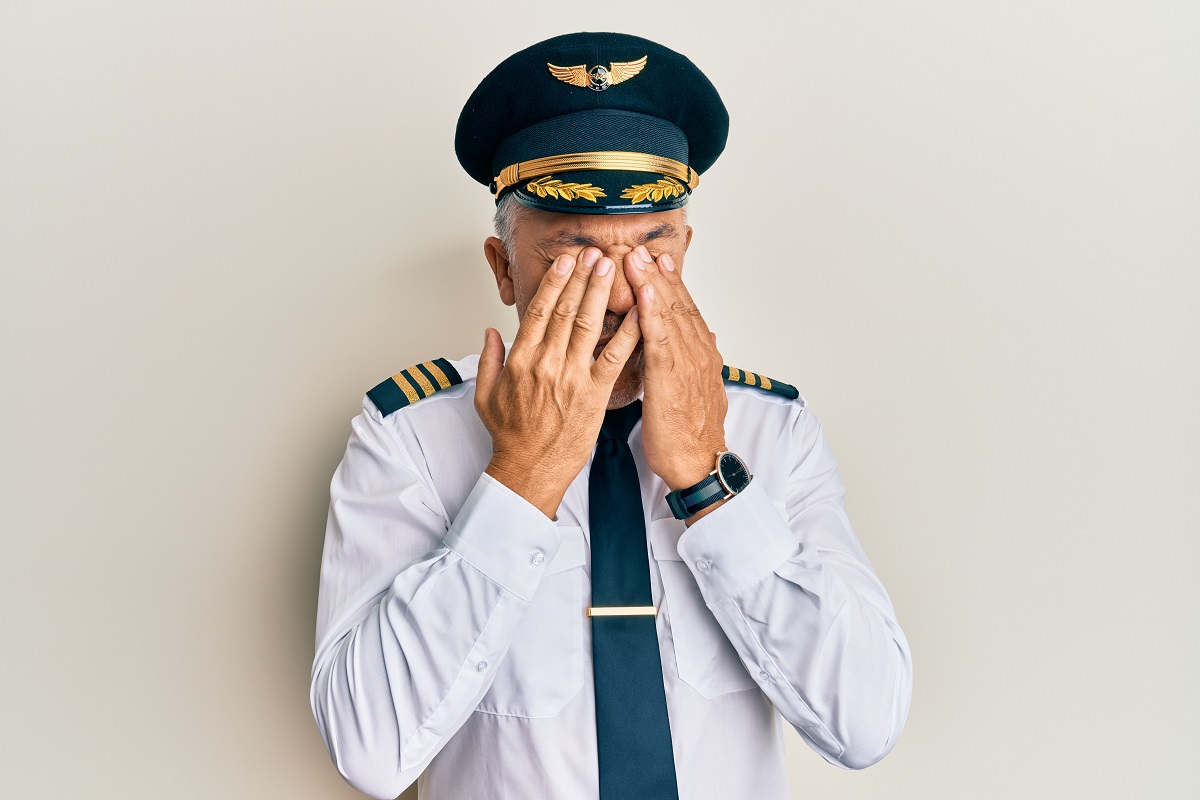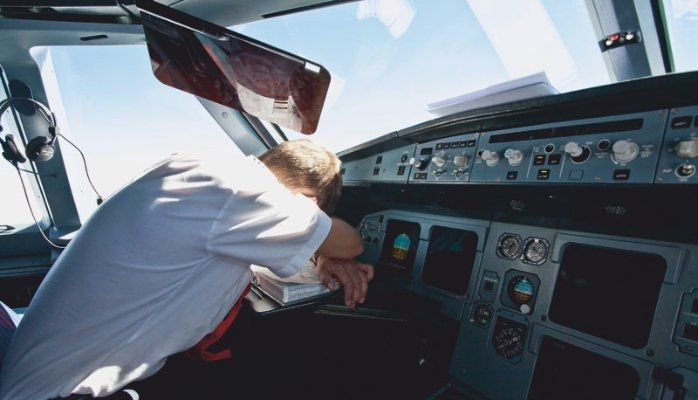
Flying an aircraft is a responsibility that demands peak physical and mental performance. Passengers trust pilots to be clear-headed, focused, and capable of making critical decisions under pressure. Yet, despite strict regulations and safety protocols, substance abuse among pilots continues to be a significant concern. The Federal Aviation Administration (FAA) has been on the front lines of addressing this issue, working to protect the integrity of the aviation system and ensure public safety.
The Scope of the Problem
While most pilots uphold the highest standards of professionalism, a small percentage struggle with substance abuse involving alcohol, prescription medications, or illegal drugs. Even one impaired pilot can pose a catastrophic risk. Incidents involving intoxicated pilots are rare but not unheard of, drawing public attention and raising questions about the effectiveness of oversight and prevention efforts.
Alcohol is the most common substance involved in pilot-related incidents. Despite the FAA’s “eight hours from bottle to throttle” rule and a legal blood alcohol concentration limit of 0.04%, some pilots have been caught attempting to operate aircraft while under the influence. These cases, while few, highlight the importance of vigilant enforcement and education.
FAA Regulations and Testing
The FAA enforces stringent regulations to prevent substance abuse in aviation. Random drug and alcohol testing is mandatory for commercial pilots, air traffic controllers, and other safety-sensitive personnel. In addition to pre-employment and random testing, there are also post-accident, reasonable suspicion, and return-to-duty tests.
These tests screen for a range of substances, including marijuana, cocaine, amphetamines, opiates, and phencyclidine (PCP), as well as blood alcohol levels. The FAA partners with the Department of Transportation (DOT) to maintain a comprehensive drug and alcohol testing program, with severe penalties for violations.
The Role of HIMS
One of the FAA’s most effective tools in the fight against pilot substance abuse is the Human Intervention Motivation Study (HIMS) program. Developed in collaboration with airlines, medical professionals, and pilot unions, HIMS provides a path to recovery for pilots dealing with addiction.
Under HIMS, pilots are given access to confidential treatment programs, psychological support, and close medical monitoring. After completing rehabilitation and receiving clearance from a medical examiner, many pilots can return to work under strict oversight. The success of the HIMS program demonstrates that addiction can be treated effectively without permanently ending a pilot’s career.
Balancing Safety and Compassion
The FAA’s approach to substance abuse balances strict enforcement with compassion. While the primary goal is to ensure public safety, there is also recognition that addiction is a disease, not a moral failing. Encouraging pilots to come forward without fear of automatic dismissal is key to early intervention and long-term recovery.
Moving Forward
To further combat substance abuse in aviation, the FAA continues to invest in research, education, and public awareness. Promoting mental health, reducing stigma, and strengthening support systems are essential components of a comprehensive strategy.
Ultimately, the FAA’s battle against pilot substance abuse is about more than just catching violators—it’s about creating a culture of safety, accountability, and care. Through continued vigilance and compassion, the agency aims to ensure that every flight is operated by professionals who are truly fit to fly.
